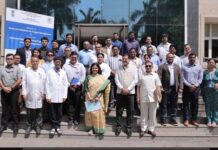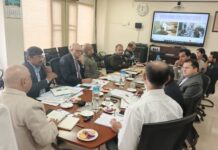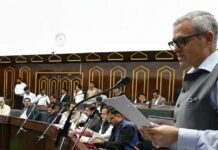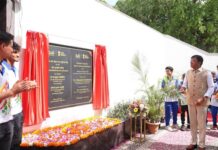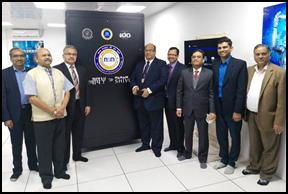APRIL 28: The National Supercomputing Mission (NSM), launched in 2015 by the Government of India, aims to bolster India’s capabilities in High-Performance Computing (HPC) by fostering indigenous development and enabling cutting-edge research across academia, industry, and government sectors. Through NSM, the country envisions building a robust supercomputing ecosystem that supports scientific breakthroughs and drives self-reliance in critical technologies.
Under the mission, supercomputers of varying capacities are being deployed across academic institutions and R&D organizations through the National Knowledge Network (NKN), ensuring widespread access. So far, 34 supercomputers with a cumulative compute capacity of 35 petaflops have been installed, achieving over 85% utilization. These systems have supported more than 10,000 researchers, including 1,700 PhD scholars, across vital fields like drug discovery, climate modeling, disaster management, and energy security.
NSM’s human resource development initiatives have trained over 22,000 individuals in HPC and AI skills, with research outputs exceeding 1,500 publications. Institutions from Tier-II and Tier-III cities have gained unprecedented access to state-of-the-art facilities, significantly democratizing research opportunities.
Indigenous technologies like the “Rudra” servers and the “Trinetra” high-speed communication network underline India’s progress in reducing reliance on imports. The Prime Minister recently dedicated three PARAM Rudra supercomputers to young scientists, boosting advanced studies in physics, cosmology, and earth sciences.
NSM’s infrastructure development progresses in three phases: initial assembly, localized manufacturing, and full indigenization of supercomputing systems. Major installations, like PARAM Pravega at IISc Bengaluru and PARAM Shivay at IIT-BHU, highlight India’s increasing HPC capacity.
Complementing NSM, the AIRAWAT AI supercomputing platform aims to provide powerful compute resources for AI research, placing India among the global leaders with its entry in the Top 500 Global Supercomputers list.
The mission is jointly steered by the Department of Science and Technology (DST) and the Ministry of Electronics and Information Technology (MeitY), implemented by C-DAC Pune and IISc Bengaluru. An investment of Rs. 1,874 crore has been made toward infrastructure, R&D, applications, and human resource development.
Further strengthening NSM, the India Semiconductor Mission (ISM) is paving the way for domestic manufacturing of key HPC components, promising faster, energy-efficient, and affordable supercomputers tailored to India’s unique needs.
In conclusion, NSM stands as a transformative effort to position India as a global powerhouse in supercomputing, enabling technological sovereignty, advancing research, and preparing the nation for future scientific challenges.


